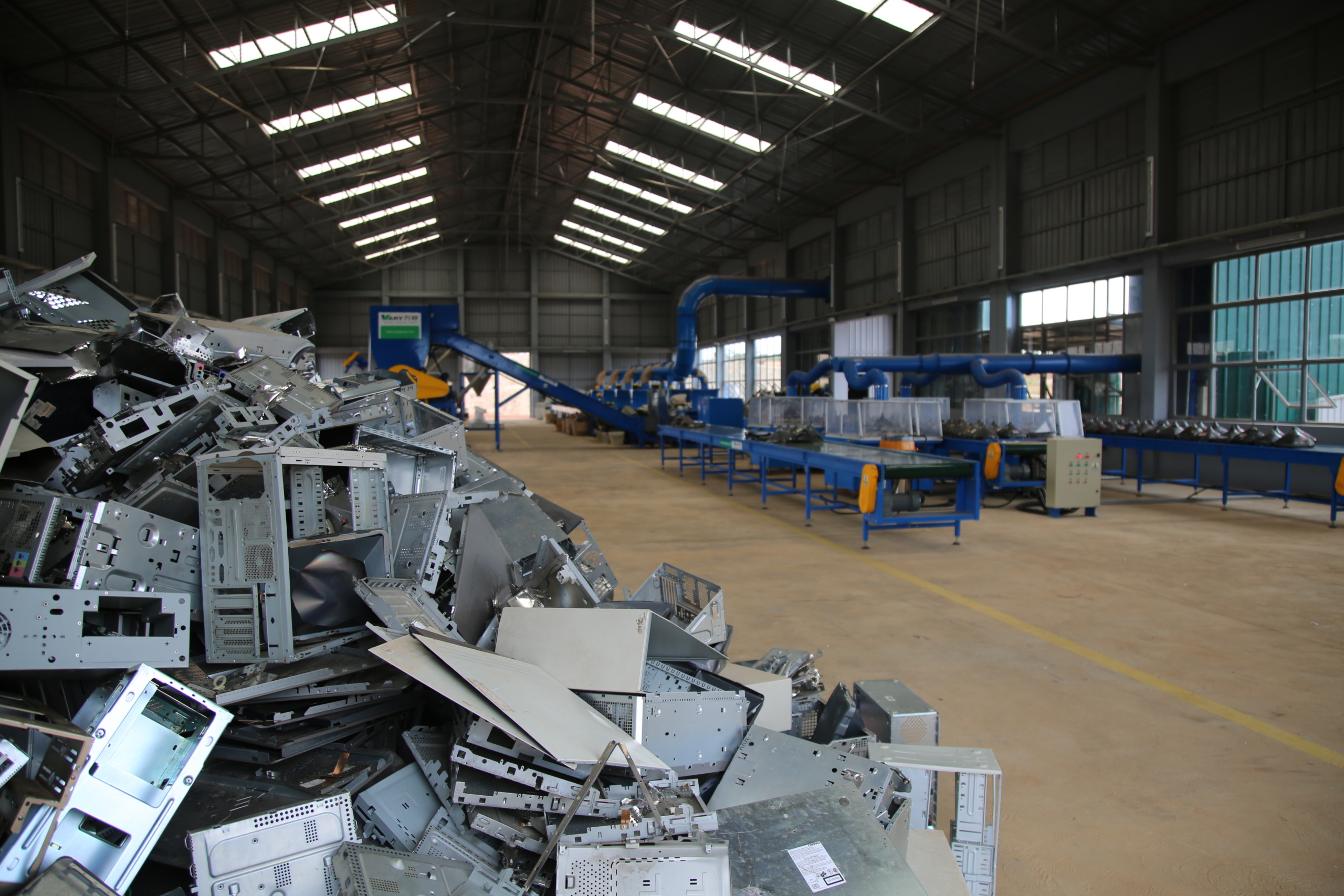
‘When will my Chromebook expire?’ Why computers should be designed to last.
Here’s what you need to know about your Chromebook’s lifespan — and why we need tech giants like Google to help us get off the “disposability treadmill.”

Since we published this article, Google has committed to extend the life of Chromebooks! Learn more about the victory here.
If you or your school-aged child were in the market for an affordable laptop sometime in the last few years, chances are you came across (and perhaps bought) a Google Chromebook.
Or, maybe your child was given one by their school. The pandemic and switch to remote learning have pushed schools to provide every student with their own device, often turning to Chromebooks. These laptops are now not just a popular, affordable choice for the general public — they’ve become an indispensable part of many kids’ education. In the last quarter of 2020, Chromebook sales were 287% higher than in all of 2019.
Unfortunately, if you own a Chromebook, you may soon be reckoning with the fact that these devices are just not built to last. Here’s what you need to know about your Chromebook’s lifespan — and why we need tech giants like Google to help us get off the “disposability treadmill.”
How long will my Chromebook last?
Chromebooks have a built-in expiration date after which Google will no longer support the software. These expiration dates are based on the certification of a given model, not the purchase date.
(You can look up the expiration date for your device here.)
For kids using Chromebooks for their schoolwork, once the expiration date has passed, the devices can’t receive updates or access secure websites. For example, instructors have reported that expired laptops can’t access online state testing websites.
The average expiration date is only four years away for the devices listed above. While Google has taken steps to increase expiration dates, these changes still fall short of what is needed. After all, why should anyone have to stop using a laptop that still works, just because it’s reached its “death date”? That’s like throwing away your car just because the software supporting the GPS has expired.
Chromebook expirations dates are costing schools billions and creating mountains of e-waste
Cumulatively, we’re being forced to waste tons of money on constantly replacing these throwaway devices. Across the 48.1 million K-12 public school students in the U.S., doubling the lifespan of Chromebooks could result in $1.8 billion dollars in savings for taxpayers, assuming no additional maintenance costs.
Another frustrating expense comes from the fact that it’s so challenging to find spare parts to repair Chromebooks. For example, our research partners reviewed 29 replacement keyboards, and 10 of them cost $89.99 or more — nearly half the cost of a typical $200 Chromebook. Plus, school technicians point out that periodic updates to the Chromebook model often include arbitrary changes that discourage repair and use.
We can’t afford to keep on producing disposable technology at this rate. Electronic waste makes up less than 2% of the world’s waste stream by volume, but causes over 70% of the harmful and toxic environmental effects. And some estimate that the information technology sector is responsible for about as much greenhouse gas emissions as the airline industry.
On the flip side, doubling the life of just Chromebooks sold in 2020 could cut emissions equivalent to taking 900,000 cars off the road for a year.
Google can extend the life of millions of Chromebooks right now. Here’s what you can do.
Help spread the word about Google’s disposable laptops. Ask your family, friends and neighbors if they know their (or their kids’) Chromebooks have a “death date.” Start a conversation about why exactly we all seem to be replacing our tech devices every few years, and what the consequences are.
Sign our petition calling on Google to extend the life of Chromebooks. Help organize your school or the larger community to call on Google to make this important change.
Topics
Authors
Lucas Gutterman
Director, Designed to Last Campaign, U.S. PIRG Education Fund
Lucas leads PIRG’s Designed to Last campaign, fighting against obsolescence and e-waste and winning concrete policy changes that extend electronic consumer product lifespans and hold manufacturers accountable for forcing upgrades or disposal.
Find Out More

Why Microsoft extended Windows 10 support for schools for $1

Unsubscribe: Refusing to pay to use what we own

30 states considering Right to Repair so far in 2024

